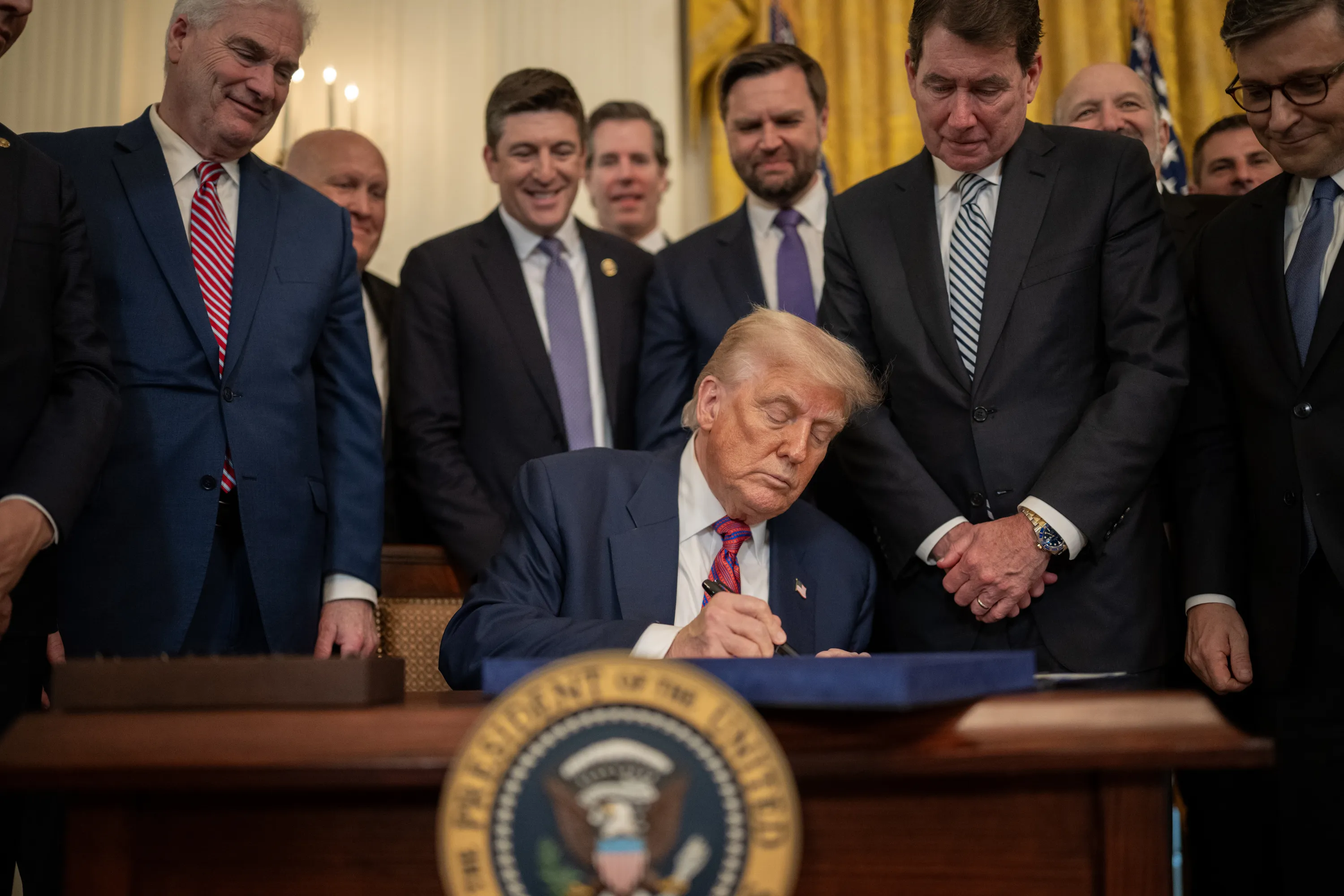4 ways to boost Brazil’s growth

Stay up to date:
Banking and Capital Markets
After years of impressive growth, Brazil’s economic prospects appear increasingly dim. Since the World Cup ended in July, economic activity has plummeted, inflationary pressures have intensified, and consumer and business confidence have collapsed, leading many economists to slash their growth forecasts for this year. So just how sick is Brazil’s economy, and how will its malaise affect the outcome of the presidential election in October?
At first glance, Brazil’s weak growth appears ephemeral, and President Dilma Rousseff should be well positioned to win a second term. Over the last 12 years, her Worker’s Party (PT) has delivered the country’s strongest per capita GDP growth in more than three decades; reduced income inequality with an extensive system of social transfers that reaches one-third of Brazilian households; and reduced formal unemployment to a record-low 4.5%.
But even a cursory look at recent economic data reveals that Brazil’s growth model may well be hitting a stagflationary wall. In fact, Brazil most likely experienced a technical recession during the first half of this year. And annual growth during Rousseff’s presidency has probably averaged less than 2% – the slowest for any Brazilian president since the 1980s, when the country began its transition from hyperinflationary basket case and serial defaulter to stable and increasingly prosperous middle-income economy.
Moreover, had the government not cut taxes and delayed much-needed increases in gasoline and electricity prices, average annual inflation would stand at 7.5% – a level not reached in decades. In services, where the government has taken no measures to suppress inflation, the rate exceeds 9%.
Dig deeper, and one finds that the economy’s foundations are plagued with fragilities and imbalances. Though overall economic activity is weak, the current account deficit has reached a 12-year high of 3.5% of GDP. Industrial production is 7% below its pre-crisis peak in 2008. This, together with the decline in manufactured goods as a share of total exports, from 54% a decade ago to 37% today, points to a substantial loss of competitiveness.
Even the economy’s apparent strengths – a thriving service sector and low unemployment – rest on unsustainable credit policies. Of course, rapid credit growth is a natural consequence of declining real interest rates. But, in Brazil, lending by state-owned banks has outpaced that of private banks significantly since 2008, meaning that lending at deeply-subsidized rates has largely driven the increase in bank credit, to 58% of GDP (roughly double the rate eight years ago).
Against this background, Brazil is preparing for its most important presidential election since its transition from dictatorship to democracy in 1985 – and the polls do not bode well for Rousseff. Despite higher incomes and lower inequality, 70% of Brazilians have expressed a desire for change. This is not surprising, in view of the street protests that erupted last year over the poor quality of public services and rising prices. But is Rousseff’s government entirely to blame?
The short answer is no. While Rousseff’s government is largely responsible for the recent bout of cyclical weakness and social upheaval, Brazil’s problems are rooted in a broader unwillingness to shake off the yoke of policies adopted during more than two decades of military rule.
The 1994 Plano Real, a macroeconomic stabilization program, together with subsequent structural reforms, enabled Brazil finally to quash inflation and ride a wave of cheap global liquidity and surging Chinese demand for commodities. As the government attempted to direct these gains toward wealth redistribution, public expenditure rose and the social-benefits system – underpinned by so-called “acquired rights” – became increasingly rigid.
Brazil needs a new growth model, based on four key elements: tighter fiscal policy, looser monetary policy, a reduced role for state-owned banks in credit provision, and measures to lower Brazil’s astronomical private lending costs. The next government, whether of the left or the right, will also face the unenviable task of reforming the acquired-rights system to make social benefits more flexible and affordable.
Given the protections afforded to acquired rights, the process of rooting out economic distortions and restoring Brazil’s finances to a stable equilibrium will require a lengthy process of constitutional reform. And, though the transition will undoubtedly be painful, it is essential to Brazil’s future economic growth and development.
Whether or not the next government can do what is needed will depend on its ability to unify the electorate and a disparate group of regionally focused political parties. But, first, it must reject the temptingly easy – but ultimately damaging – route of raising taxes and doubling down on redistributive policies. That path leads to a far less stable and prosperous Latin America.
Published in collaboration with Project Syndicate
Author: Gene Frieda is a global strategist for Moore Europe Capital Management.
Image: A boy draped with a Brazilian flag and a girl from Uruguay watch a soccer match between children from Chile and Uruguay during the “Street Soccer World Cup” in Sao Paulo July 7, 2014. REUTERS/Nacho Doce
Don't miss any update on this topic
Create a free account and access your personalized content collection with our latest publications and analyses.
License and Republishing
World Economic Forum articles may be republished in accordance with the Creative Commons Attribution-NonCommercial-NoDerivatives 4.0 International Public License, and in accordance with our Terms of Use.
The views expressed in this article are those of the author alone and not the World Economic Forum.
Related topics:
Forum Stories newsletter
Bringing you weekly curated insights and analysis on the global issues that matter.
More on Financial and Monetary SystemsSee all
Wolfgang Fengler and Marta Cyhan Bowles
September 22, 2025
Agshin Amirov and Azar Hazizade
September 19, 2025
Naoko Tochibayashi
September 17, 2025
Dante Disparte
September 17, 2025
Kahlil (KB) Byrd and Alexis Crow
September 16, 2025
Mark Gough and Naoko Ishii
September 15, 2025






